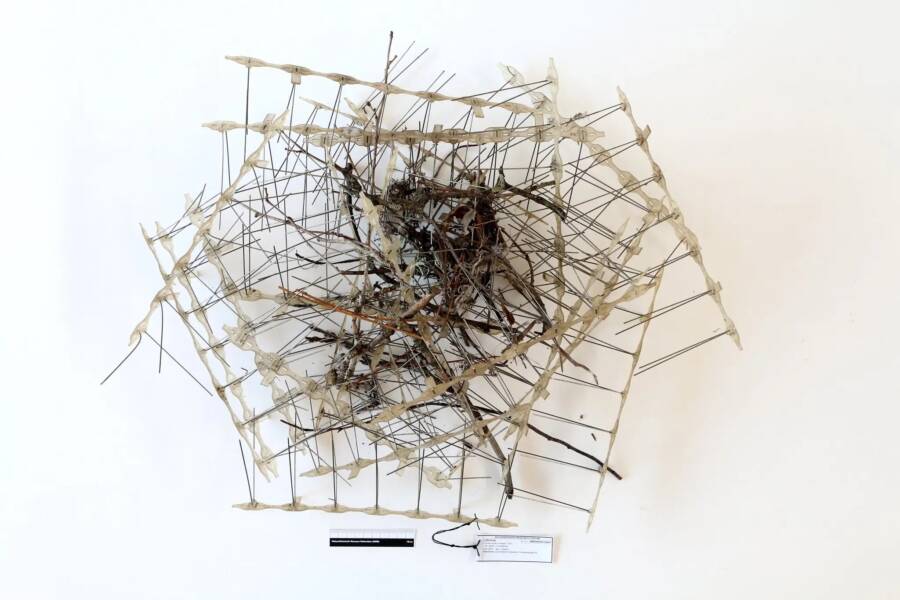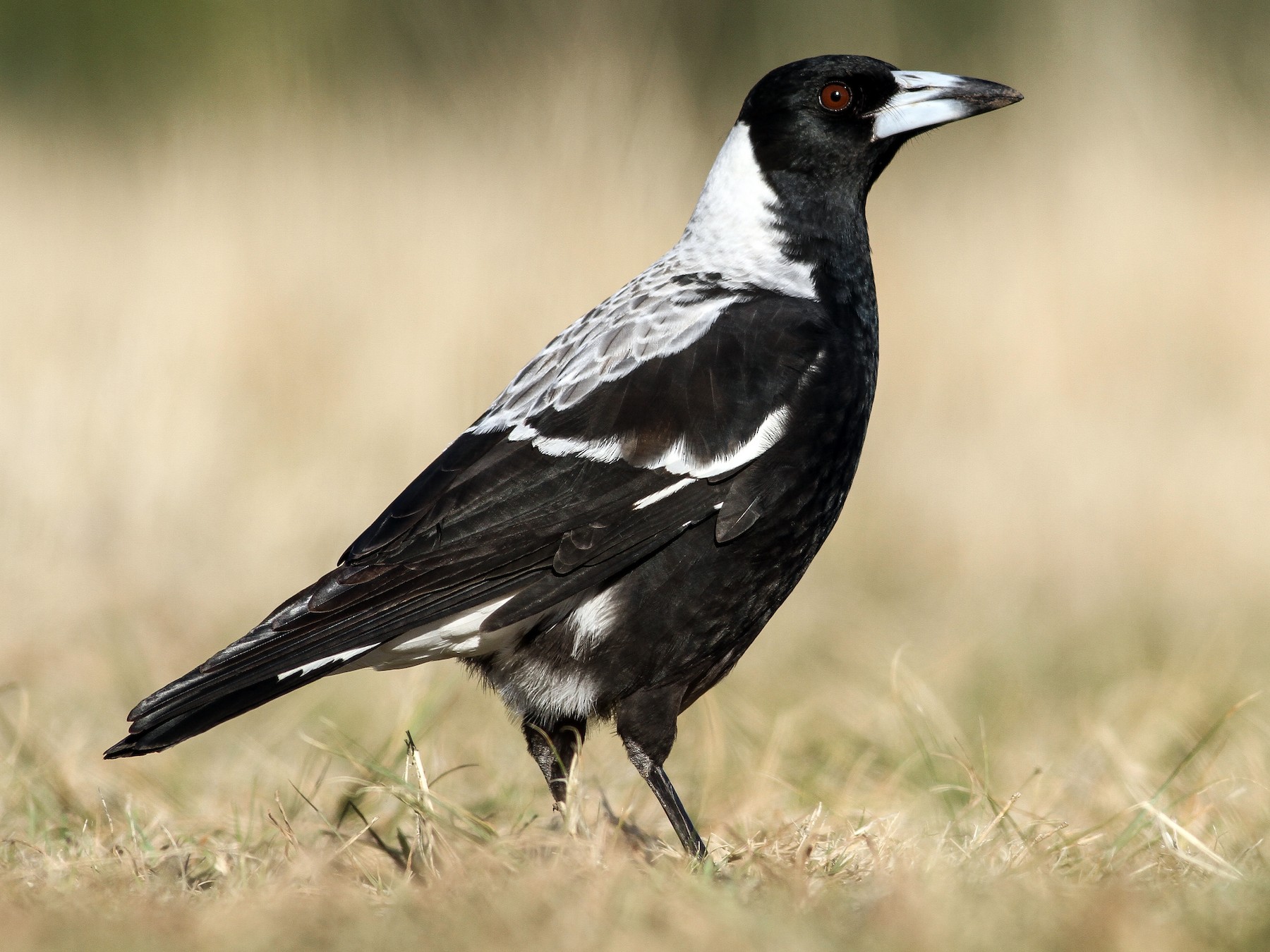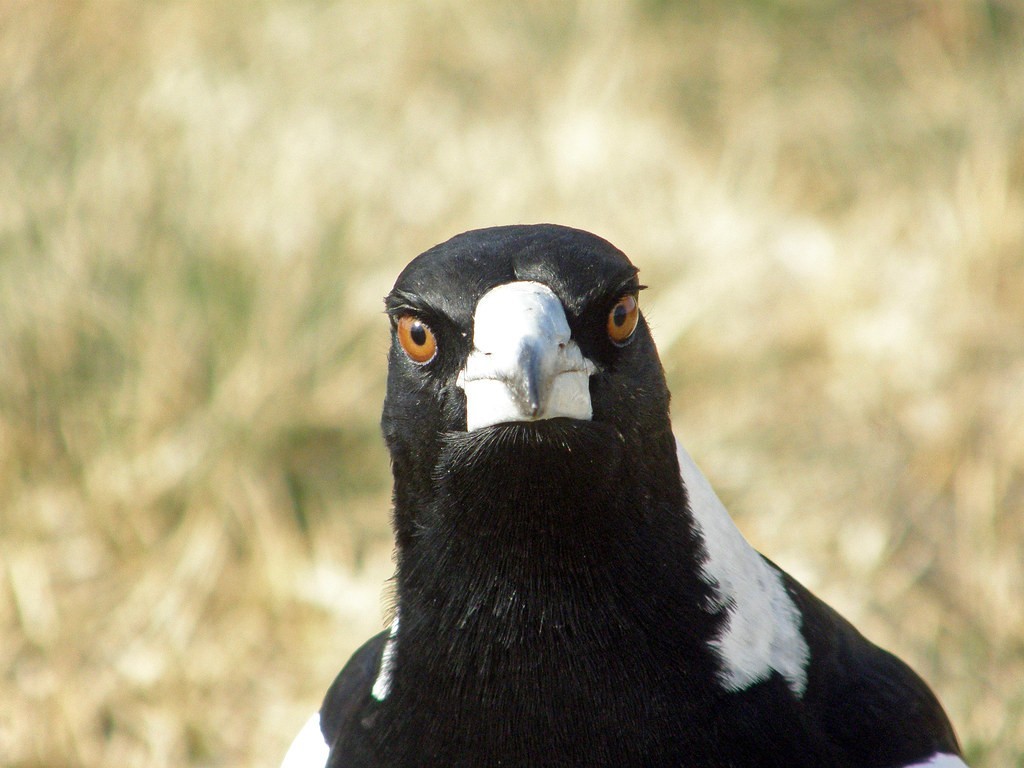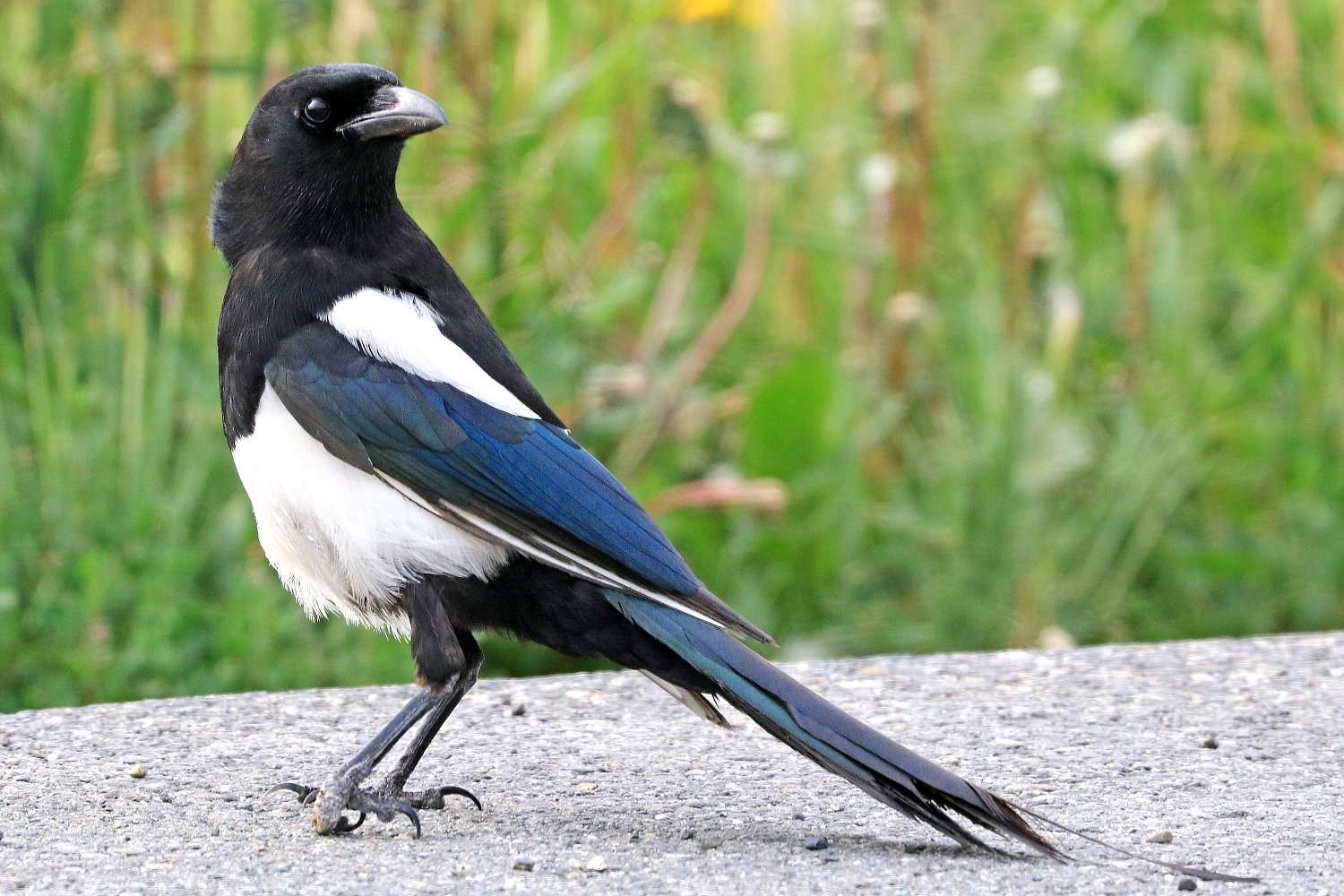Urban birds have long used objects in human settlements to make nests. In recent years, researchers have found things like cigarettes and rubber wedged between sticks and moss. But they were recently surprised to discover that the birds have started using another object in their nests – anti-bird spikes, which are supposed to prevent birds from perching on buildings.
“I didn’t expect this,” Kees Moeliker, director of the Rotterdam Museum of Natural History and one of the authors of a new study on bird nest spike protection, commented to The Guardian . These anti-bird spikes are intended to deter birds, they should repel the birds, but on the contrary, the birds seem to like them and use them to make nests.”
According to The New York Times , this nest-building trend was first noticed by Auke-Florian Hiemstra, a biologist who studies how animals use human materials. In July 2021, Hiemstra noticed a Eurasian magpie nest with hundreds of anti-bird spikes in Antwerp, Belgium.

“We also described it in the paper as the largest nest we found, a nest that included more than 1,500 metal spikes,” Hiemstra told NPR.
As Hiemstra explained to NPR , magpies often build a covered nest. Usually, they collect thorns for the nest roof to ward off predators. However, magpies in Antwerp have switched to using anti-bird spikes, with the birds apparently ripping them off the side of a nearby building. These spines will face outward, while the inside of the nest is soft and warm.
“I think this is crazy,” Hiemstra told NPR . “They use anti-bird spikes for even more purposes than we do, namely to scare away other birds that might come close to their nests… And I think that’s perfect.”
When researchers started looking for other examples, they found them. Both magpies and crows, intelligent birds in the crow family, have been recorded using anti-bird spikes to build nests in Rotterdam, Glasgow and the Dutch city of Enschede.

Although birds using anti-bird spikes to build nests is new, this is not the first time researchers have documented birds using urban objects to build nests. As reported by The Guardian , a South African museum found a crow’s nest in 1933 using materials such as copper, galvanized iron and barbed wire. In recent years, Hiemstra has found bird nests filled with windshield wipers, sunglasses, plastic carnations…
“Almost anything can become part of a bird’s nest,” Hiemstra told The New York Times.

As The New York Times notes, the consequences of birds using anti-bird spikes are unknown. Other urban objects, such as cigarettes, have proven to be a double-edged sword for birds. The chemicals in cigarettes can protect them from parasites, but can also be toxic. Likewise, shiny anti-bird spikes can attract mates or attract predators.
But Hiemstra and other researchers are mostly pleased to find that the birds have adapted very well to their urban environments.
“These birds are very intelligent and they always find ways to cope with harsh urban life,” Moeliker told The Guardian . I sympathize with crows and magpies.”
“The nesting phenomenon is really a reflection of how animals are now adapting to our urban city life… I think it’s wonderful to see these things,” Hiemstra told NPR .




The European magpie, magpie, magpie, and European magpie is a species of bird that resides in Europe, most of Asia, and northwest Africa. It is one of several bird species in the Corvidae family. Magpies are about 40–51 cm long. Head, neck and chest glossy black with metallic green and purple sheen, belly and shoulders white; The wings are black and shaded with dark green or purple, the wing feathers have white silk inside, clearly visible when the wings are spread. The gradually spreading tail is black, speckled with green-copper yellow or other iridescent colors. Legs and beak are black.





